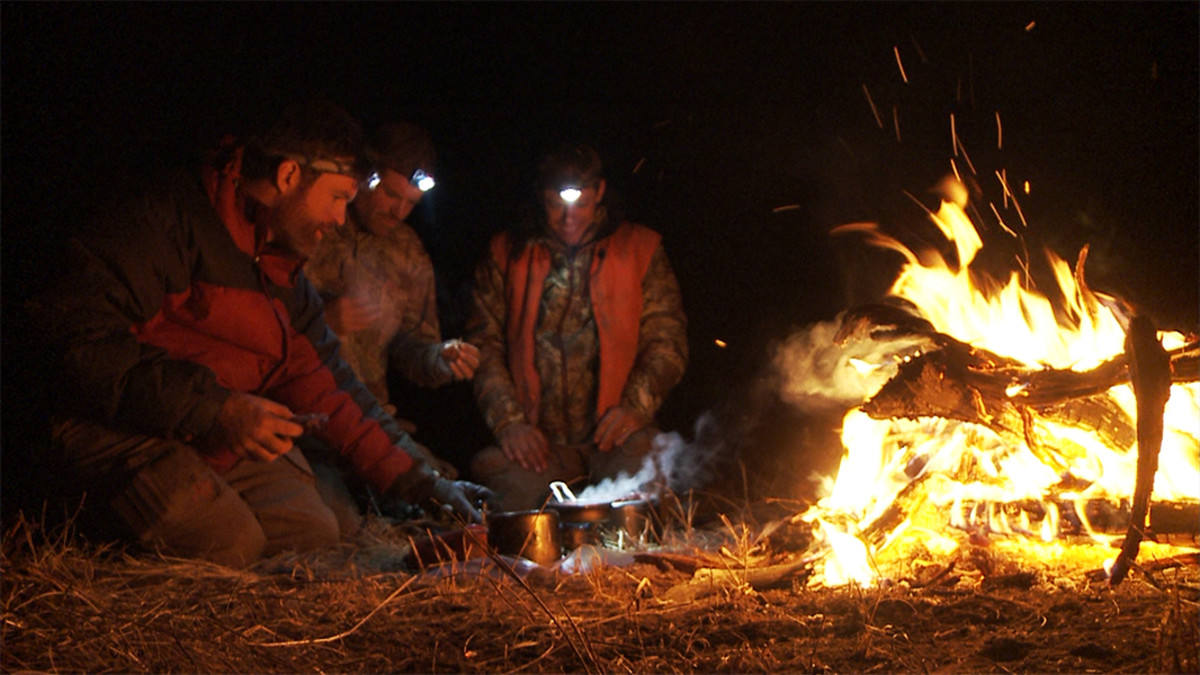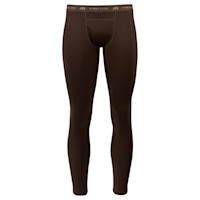
Hunting in the backcountry requires extreme amounts of knowledge. Two very basic things that anyone going into the backcountry should know about are, water and fire. Without water you won’t be able to stay hydrated. Without fire warmth will be hard to maintain, making it incredibly hard to stay comfortable.
Water Basics
Staying hydrated in the backcountry is critical. Severe dehydration can lead to heat stroke and hypothermia; mild dehydration can lead to energy loss, bad attitudes, and poor decision making. Drink more water than you think you need, and don’t be afraid to add powdered supplements or flavors if it helps you get more water down.
In typical conditions, you should be pounding down 3 liters a day to stay in top condition. In hot or otherwise grueling conditions, go for 5 liters.
Treat your water treatment and consumption gear as seriously as you treat your bow or rifle. Here’s a rundown of some basic water tools.
A: 1-quart bottles. Some people like stainless steel or aluminum bottles, which are just fine, but it’s hard to beat the simple and ubiquitous Nalgene bottle.
B: Bladders that ride inside your pack with hose running to your shoulder strap are great for staying hydrated, as you drink more water when it’s convenient to do so. The down side is that they can’t be fully trusted. They sometimes burst open or leak, soaking your pack contents. And during sub-freezing weather, the hoses will freeze and lock up.
C: Collapsible canteens are great for long trips with scarce water supplies. Pictured here is a standard military-issue 2-quart collapsible canteen. A better though more expensive option are the Dromedary canteens made by MSR. They come in a variety of sizes, are durable, and weigh next to nothing.
D: Water filter. Waterborne parasites are a bitch. They will ruin your trip, or even your life. Make it a general practice to purify all drinking water pulled from ponds, creeks, lakes, rivers, etc. (Pictured here is the excellent MSR MiniWorks EX Ceramic Filter; the Katadyn Hiker Pro is another good filter.)
E: The Steripen, which uses ultraviolet light to purify drinking water, is a lightweight tool that is ideal for purifying small quantities of water; perfect for solo trips lasting just a day or two.
F: Tablets or drops made from iodine, chlorine derivative, or other chemicals are simple and effective ways to treat water. Take care to follow the directions on the packaging and test them out before you head to the backcountry to make sure you can handle the off flavors.
Follow directions carefully, giving the chemicals plenty of time to do their work. Pictured here are iodine Aquamira water purification tablets. In a pinch, 3 to 5 drops of chlorine bleach will treat 1 liter of water. It tastes like a swimming pool but keeps you healthy. Water can also be treated effectively by boiling it for several minutes.
G: Drink mixes such as Hydrate and Recover, an excellent product from Wilderness Athlete, help to mask the tastes of low-quality drinking water and also aid in combating dehydration and depletion from strenuous physical activities such as hunting in the mountains.





